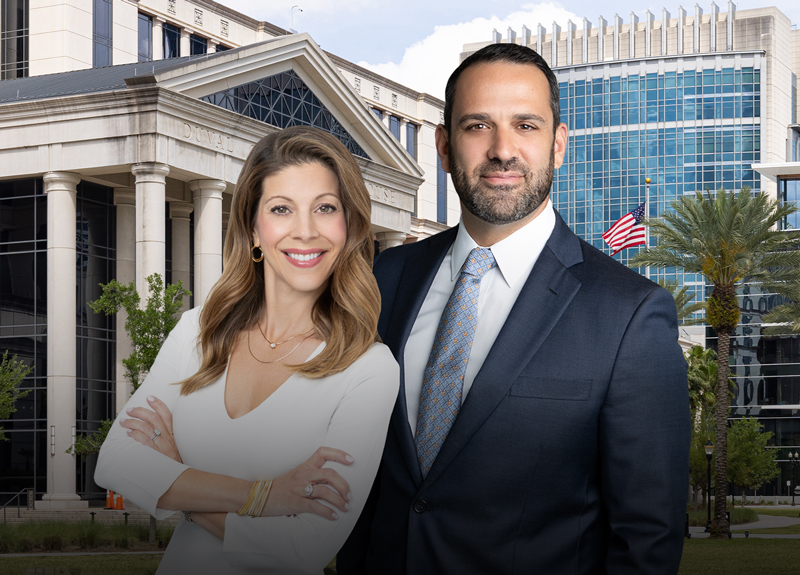Hit-and-run accidents are some of the most stressful and frustrating events a driver, pedestrian, or motorcyclist can experience. Not only are you left dealing with injuries and property damage, but the person responsible has fled the scene, often making it feel like justice is out of reach.
Fortunately, Florida law provides strong legal protections for victims, and with the right evidence, it’s still possible to prove liability and recover compensation. Under Florida law, any driver involved in a crash that results in property damage, injury, or death is legally required to stop at the scene and provide contact and insurance information.
If the at-fault driver has left the scene, proving fault becomes more challenging. This is where evidence plays a critical role. Here are examples of evidence you may need to prove your hit-and-run case in Florida:
Police Reports
One of the most important pieces of evidence in a hit-and-run case is the official police report. Always call law enforcement immediately after the crash, even if you feel the evidence is limited.
The police report will document essential details such as:
- The time, date, and location of the accident
- Witness statements
- Physical evidence found at the scene
- Any identifying details about the fleeing vehicle
A police report can serve as an authoritative source when negotiating with insurance companies or presenting evidence in court. It also establishes an official record that the incident was, in fact, a hit-and-run, which is crucial for insurance claims in Florida.
Surveillance and Traffic Camera Footage
Video evidence is one of the most powerful tools for proving a hit-and-run incident.
Many accidents are captured by:
- Traffic cameras at intersections
- Security cameras from nearby businesses or homes
- Doorbell cameras (e.g., Ring or Nest)
- Dash cameras from your own or other vehicles
Footage can reveal key details, such as the make, model, and color of the fleeing vehicle, license plate numbers, or even the driver’s identity. Since camera footage is sometimes overwritten within days, it’s important to request this evidence as quickly as possible.
Witness Testimony
Eyewitnesses can provide critical information that might not be captured in other forms of evidence. Even small details, like the direction the car fled, partial license plate numbers, or distinguishing features of the vehicle, can significantly strengthen your case.
If possible, collect contact information from anyone who saw the crash. Their statements may help law enforcement track down the responsible party or support your version of events during settlement negotiations or trial.
Physical Evidence from the Scene
In many hit-and-run cases, the fleeing vehicle leaves behind valuable physical evidence, which might include:
- Broken pieces of headlights or mirrors
- Paint transfer on your vehicle
- Tire marks or skid patterns
- Debris from the other vehicle
Investigators can use these fragments to identify the type of vehicle involved or match the damage to a specific car once a suspect is located. Even small pieces of evidence can provide strong circumstantial proof of liability. You should take pictures and videos of as much physical evidence as you safely can.
Medical Records and Expert Testimony
If you were injured in a hit-and-run, your medical records serve as essential evidence of the extent and cause of your injuries. They can establish a direct link between the crash and your physical harm, which is necessary to claim damages such as medical expenses, lost wages, and pain and suffering.
Additionally, expert witnesses can analyze skid marks, impact points, and damage patterns to determine how the crash occurred and confirm the fleeing driver’s role in causing it. Medical experts can also provide testimony about your injuries from the crash.
Insurance Evidence and Uninsured Motorist Claims
Because many hit-and-run drivers are never identified, victims in Florida often rely on their own uninsured motorist (UM) coverage. This coverage allows you to pursue compensation even if the at-fault driver is unknown. However, insurance companies will require substantial evidence before approving a claim.
They will likely request documentation such as:
- The police report
- Medical records
- Repair estimates
- Any witness statements or photos
Having this evidence ready can streamline the claims process and strengthen your case for compensation.
Contact Our Jacksonville Car Accident Attorneys at Baggett Law Personal Injury Lawyers for a Free Consultation
Proving a hit-and-run case in Florida can feel daunting, but it’s far from impossible. With prompt action, thorough documentation, and the right evidence, you can hold the responsible party accountable even if they initially fled the scene.
Working with a skilled Jacksonville personal injury attorney ensures that every piece of evidence is properly gathered, preserved, and presented in the best possible way for your case. Call Baggett Law Personal Injury Lawyers to schedule a free consultation.
For more information, please contact the Jacksonville and Ponte Vedra personal injury law firm of Baggett Law Personal Injury Lawyers at the nearest location to schedule a free consultation today.
We serve Duval County, St. Johns County, and their surrounding areas:
Baggett Law Personal Injury Lawyers – Jacksonville
9471 Baymeadows Rd #105,
Jacksonville, FL 32256
(904) 396-1100
Baggett Law Personal Injury Lawyers – Downtown Jacksonville
121 W Forsyth St, Suite 1000,
Jacksonville, FL 32202
(904) 822-4225
Baggett Law Personal Injury Lawyers – Ponte Vedra
480 Town Plaza Ave #130,
Ponte Vedra Beach, FL 32081
(904) 675-1167

